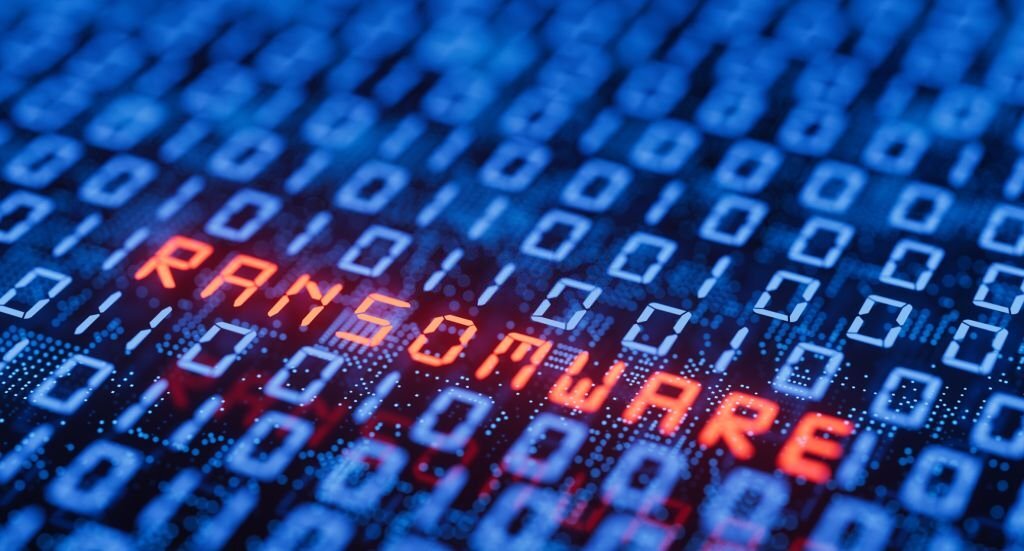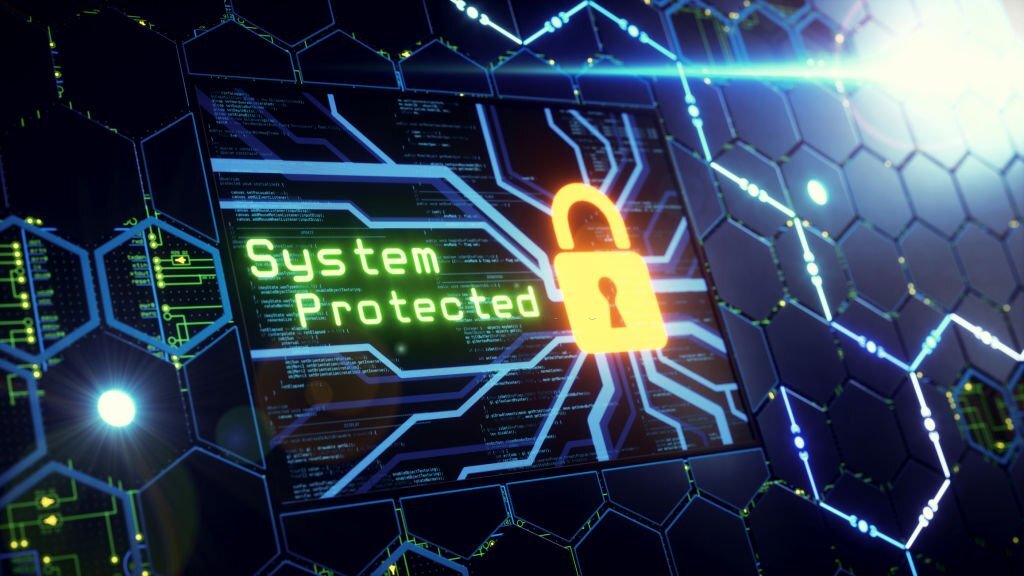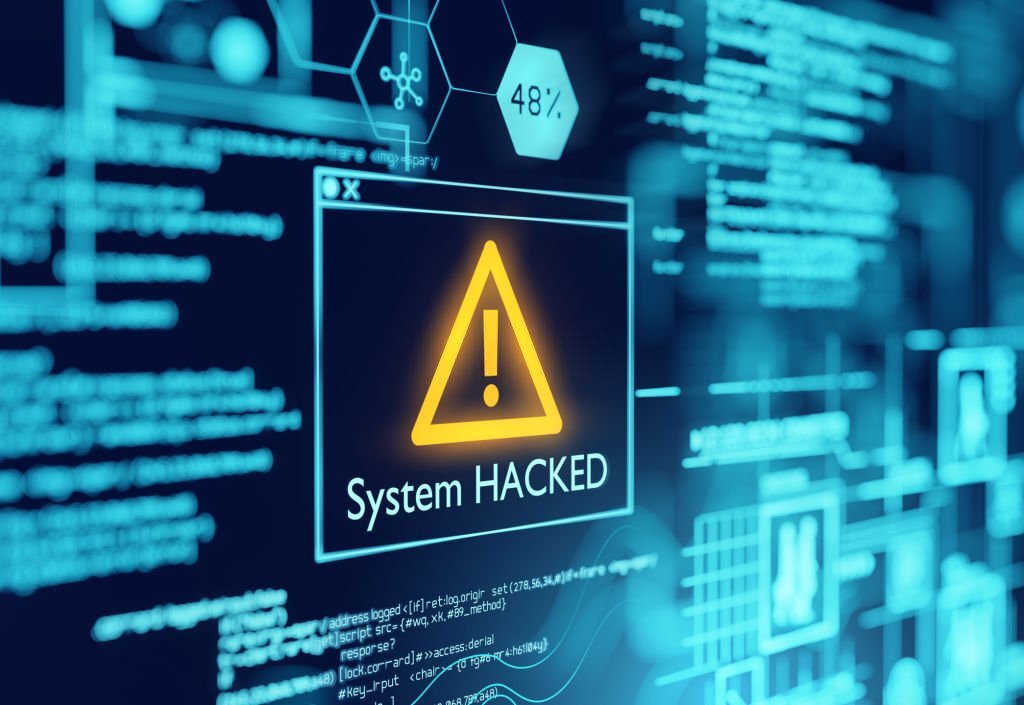
Introduction:
In today’s digital age, the constant evolution of technology brings both convenience and challenges. As organizations and individuals become increasingly reliant on digital infrastructure, the risk of cybersecurity threats continues to grow.
The year 2023 has witnessed a surge in sophisticated cyber attacks, underscoring the urgent need for robust cybersecurity defenses. In this blog post, we will explore some of the significant cybersecurity threats that have emerged in 2023 and discuss practical strategies to strengthen your defenses against them.
Ransomware Attacks
Ransomware attacks have become a potent weapon for cybercriminals, targeting both individuals and organizations. In 2023, we have witnessed a significant increase in the frequency and sophistication of ransomware attacks. Threat actors employ tactics such as spear-phishing campaigns, exploiting software vulnerabilities, and utilizing sophisticated encryption mechanisms to hold victims’ data hostage.

To protect against ransomware, it is crucial to implement a multi-layered security approach. This includes regular data backups, robust network security measures, patching vulnerabilities promptly, employee education on phishing and social engineering, and implementing strong access controls.
Internet of Things (IoT) Vulnerabilities
The rapid proliferation of IoT devices has opened up new attack vectors for cybercriminals. In 2023, IoT vulnerabilities have been a key focus for threat actors. Inadequate security measures and hardcoded or default passwords on IoT devices create opportunities for unauthorized access, control, and potentially even botnet formations.
To strengthen defenses against IoT vulnerabilities, it is important to change default passwords, keep devices up to date with the latest firmware and security patches, segment network traffic to prevent lateral movement and employ network monitoring tools to detect any suspicious activity.
Supply Chain Attacks
Supply chain attacks have gained notoriety in 2023 due to their widespread impact. Cybercriminals exploit trust in software supply chains to inject malware or compromise legitimate software updates, creating a ripple effect across numerous organizations. These attacks can lead to data breaches, unauthorized access, and even the compromise of critical infrastructure.
To mitigate the risks associated with supply chain attacks, organizations must conduct rigorous due diligence on their suppliers, implement strict access controls, validate software integrity through code signing, and maintain comprehensive incident response plans.
Artificial Intelligence (AI) Threats
As AI technologies advance, so do the potential cybersecurity risks associated with them. In 2023, we have seen a rising concern over adversarial machine learning, deepfake attacks, and AI-powered social engineering. Cybercriminals can exploit vulnerabilities in AI algorithms to deceive, manipulate, or automate attacks with unprecedented accuracy.

To address AI threats, organizations should adopt robust testing and validation processes for AI models, continuously monitor for adversarial attacks, implement user education on identifying deep fakes and AI-generated content, and leverage AI technologies themselves as a means of defense and detection.
Conclusion
The threat landscape in 2023 presents numerous challenges for organizations and individuals alike. From ransomware attacks to IoT vulnerabilities, supply chain breaches, and AI threats, cybercriminals are leveraging cutting-edge techniques to exploit weaknesses in our digital defenses. By understanding these threats and taking proactive steps to enhance cybersecurity, organizations can strengthen their resilience and protect their sensitive data.

Investing in comprehensive security measures, including regular employee training, implementing strong access controls, staying vigilant with software updates, and utilizing advanced threat detection technologies, will significantly reduce the risk of falling victim to cyber-attacks. Remember, in the constantly evolving world of cybersecurity, prevention, and preparedness are key to combating emerging threats successfully.
